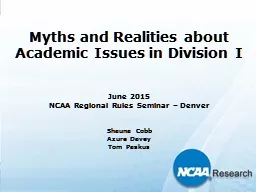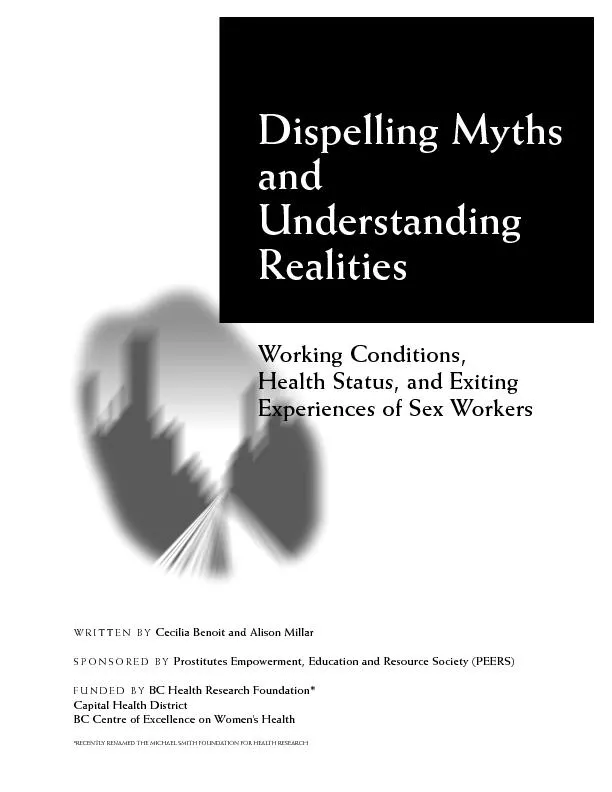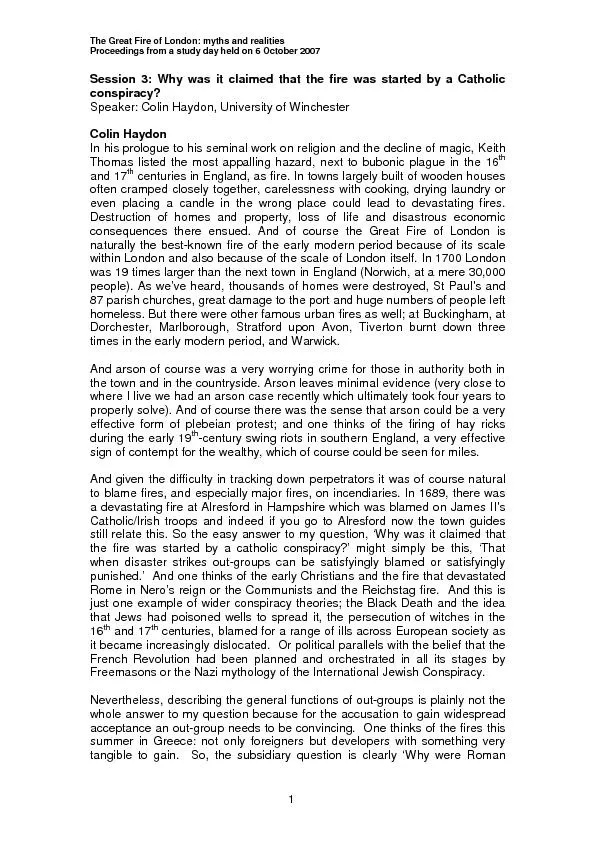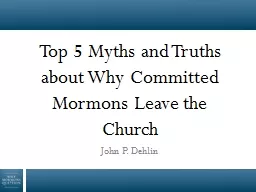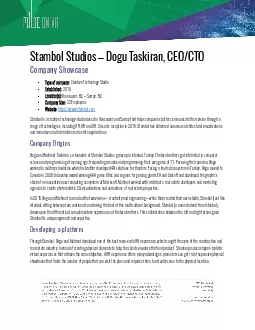PPT-Myths and Realities about Academic Issues in Division I
Author : pasty-toler | Published Date : 2019-06-20
June 2015 NCAA Regional Rules Seminar Denver Shauna Cobb Azure Davey Tom Paskus The best way to enhance studentathlete graduation rates is to go back to a cutscore
Presentation Embed Code
Download Presentation
Download Presentation The PPT/PDF document "Myths and Realities about Academic Issue..." is the property of its rightful owner. Permission is granted to download and print the materials on this website for personal, non-commercial use only, and to display it on your personal computer provided you do not modify the materials and that you retain all copyright notices contained in the materials. By downloading content from our website, you accept the terms of this agreement.
Myths and Realities about Academic Issues in Division I: Transcript
Download Rules Of Document
"Myths and Realities about Academic Issues in Division I"The content belongs to its owner. You may download and print it for personal use, without modification, and keep all copyright notices. By downloading, you agree to these terms.
Related Documents

